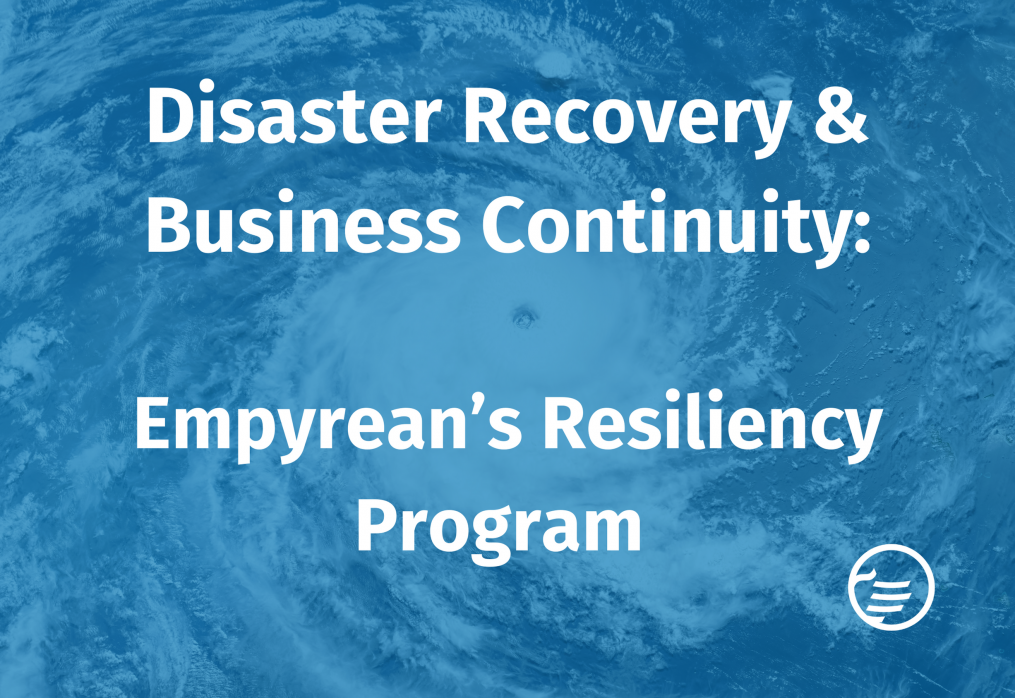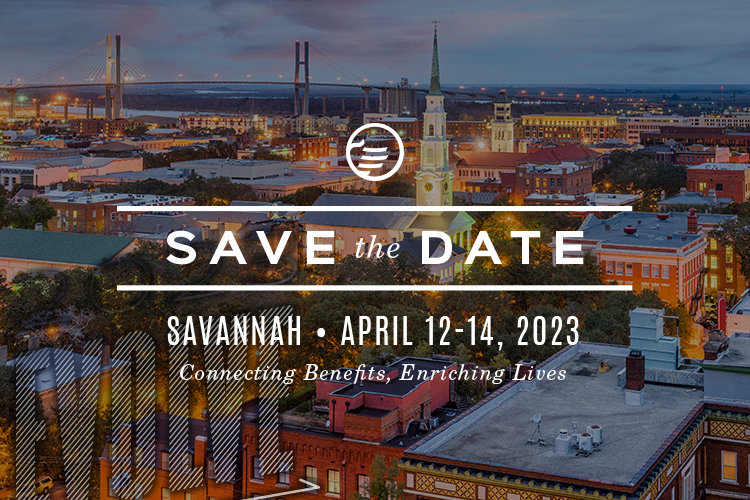Plan design, employee experience top of mind for benefits leaders
20 May, 2024SANTA ANA PUEBLO, N.M. — A recent gathering of benefits administration leaders and practitioners in a remote New Mexico desert resort was dominated by discussions of employee mental health, rising employee expectations, and finding ways to meet employees where they are while tackling rising health care costs that impact employer-provided benefits.
Empyrean’s EVOLVE 2024 brought together over 150 attendees to discuss ways that technology and communications can change how companies support and engage their workforce, create more connected cultures, and elevate benefits in the employee experience.
“We see a direct connection between benefits and employee wellbeing and, ultimately, organizational health,” Empyrean CEO Rich Wolfe said during his opening remarks of the three-day conference. “Benefits administration is about more than plan design. It is about the holistic support of the employee experience.”
Several sessions, including the keynote address by best-selling author and CEO of Delivering Happiness, Jenn Lim, focused on treating people as a whole human being at work and beyond work.
“In the past, we’ve been all about purpose, values, and behaviors, and they are still relevant, but they are table stakes now,” she said in an interview before a book signing session. “There are already so many benefits and so much noise. If we want to help employees through this thing everyone is calling a funk, we need to be clearer with employees and simplify the message.”
Lim also warned that employee wellbeing is at an all-time low and that companies need to rethink ROI as more of a “ripple of impact”.
“As leaders in the room, we can’t fix everything, but we can be the mirrors for people to see a way forward,” she said.
Other speakers shared tips on a variety of topics from mental health to meeting employee needs to improving communications. One strategic discussion centered around gathering employee feedback to inform and continuously improve benefits strategies. Another suggested reducing the number of apps that employees use to access company information around benefits (including supplemental benefits such as pet insurance or elder care) and other important company updates and information.

Most attendees agreed one of their biggest challenges is communicating details about benefits in a way that can break through the noise.
Kassy Dewey, program manager benefits at Children’s Health, used a series of videos ahead of last year’s benefits enrollment featuring a variety of offerings in the coming year’s selections that sparked higher engagement than previous communications efforts.
“Communicating is tough, and communicating well is even tougher,” she said in a panel titled “Meeting People Where They Are”. “Believe it or not, snail mail is making a comeback, because people are overwhelmed by too many emails.”
Luis Doffo, a managing director of sales at HSA Bank, said effective communication has to consider individual factors in each employee’s life that might help communication breakthrough.
“Based on how your employees are evolving, you need to modify your communication strategies,” he said.
Some discussions at the conference focused on innovation in benefits, such as self-funded benefits plans to reduce costs, reference-based pricing strategies, and certifications for mental health allies, especially for managers, to identify employees who may need to access appropriate benefits.
Individual interviews with over a dozen benefits leaders revealed an overwhelming skepticism around reference-based pricing — an attempt by many states to make pricing more transparent at the point of care.
Benefits leaders say they have concerns about their employees’ understanding of how the approach would work, especially given the reluctance of health care providers to provide price estimates for care on the spot. They say health providers will want to wait for health insurance carriers to give exact pricing, which they said could leave patients without exact information in real-time and would undermine the spirit of reference-based pricing.
Panelist Angel Seufert, executive vice president of HR at Empyrean, shared with conference attendees a program she launched to train and certify two employees as mental health allies to identify employee needs and help connect those individuals with the resources they may need. Other HR leaders say they want to replicate that program.
“I really like the idea of the mental health ally certifications, especially if those people are managers, ” said Urvashi Saigal, director, head of benefits at Danone North America. “We look to lead from the top on removing any stigmas in mental health.”
“A lot of our employees are experiencing issues with social determinants of health and we’re sometimes having difficulty getting them the resources they need, so we’re turning to technology to create a more connected culture through benefits,” added Saigal, a co-panelists with Suefert in the sessions titled “Optimizing the Connection Between Individual Wellbeing and Workplace Wellness.”
One session, led by Empyrean’s Chief Strategy Officer, Jim Priebe, focused on the challenges that HR leaders have given remote and hybrid workforces and all the distractions that employees have in their lives at work and outside of work that make it harder for employers to communicate with their people.
He cited a few alarming statistics about how people are feeling: 47% of employees are worried, 24% are lonely, and 51% are disconnected, according to recent research by 2022 research by Blueboard.
“It isn’t just a pandemic problem. It is a growing problem,” Priebe said. “We’re just in an age where we feel more comfortable talking about these things. We need to make connections with employees a priority.”
The conference last week was interspersed with small moments of connection with the Tamayan people, who own the land operated by the Hyatt Regency. On day two of the event, about a dozen conference attendees watched the sun rise over the Sandia Mountains. The brisk morning walk was led by Tamayan Alica Ortiz. She provided an oral, guided tour through the nearby bosque — a Spanish word meaning forest. But for the locals, it represents a description of the land and their relationship to everything clustered along a stretch of the Rio Grande River.
Near the end of the conference, Navaho flutist William Clark performed native music for a 15-minute stretch on two wooden, hand-made flutes. On the agenda, his performance was billed as “A Moment of Afternoon Enchantment.” After playing, Clark asked the crowd: “Feel better?”
Tony Spangler is vice president of public and analyst relations at The Starr Conspiracy and spent 20 years as an award-winning journalist covering government, health care, and business.





